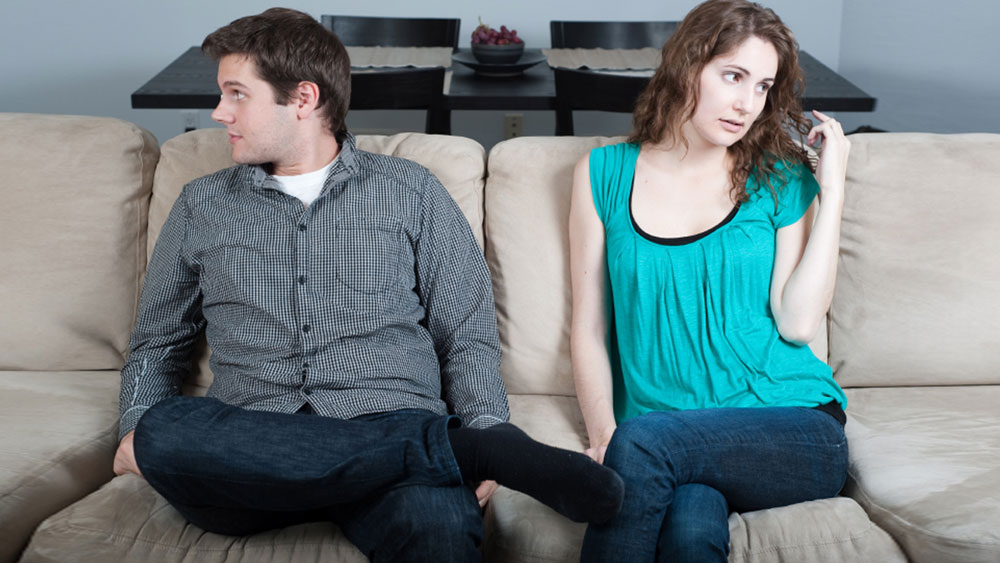Research has shown that our attachment styles are set in early childhood and persist throughout our lifetime. The patterns are either secure or insecure. If a child grows up with consistency, reliability, and safety, they will likely have a secure attachment style.
On the other hand, anyone with insecure attachment styles will generally have trouble emotionally connecting with other people.
Let’s take a quick look at some insecure attachment styles out there and how to deal with them.
INSECURE ATTACHMENT STYLES
There are four major types of attachment styles, but only three make up the insecure attachment style. The four major types of attachment styles are;
1. Secure Attachment Style
2. Avoidant attachment style
3. Ambivalent or anxious attachment style
4. Disorganized attachment style
However, the best attachment style is the secure attachment style. Excluding the secure attachment style, the other three listed all fall under the insecure attachment style.
#1. AVOIDANT ATTACHMENT STYLE:
An avoidant attachment style is formed in babies and children when parents are always emotionally unavailable. We often crave that connection with our parents. Yet, we quickly learn to suppress our outward displays of emotion when this connection is not there. People with this particular attachment style have a dismissive attitude, always shun intimacy, and hate reaching out.
#2. AMBIVALENT OR ANXIOUS ATTACHMENT STYLE:

Like all attachment styles, this can grow and nurture from childhood to adulthood. A child who has an anxious attachment toward their parents may seem notably anxious when separated from them.
In adulthood, someone with an anxious attachment may need constant reassurance and affection from their partner. They may also have trouble being alone or single.
As an adult, you’d have;
a. Difficulty trusting others
b. Feel low self-worth
c. Constant fear of abandonment.
Generally, they can appear “clingy” or “needy” because they require constant validation.
#3. DISORGANIZED ATTACHMENT STYLE:
Typically, anyone with a disorganized attachment style experiences or has previously experienced childhood trauma or extreme inconsistency. In general, this person is unable to deal with the world.
Some of the signs you’d likely experience under this insecure attachment style are;
a. Depression
b. Anxiety
c. Poor self-image and self-hatred
INSECURE ATTACHMENT STYLES IN ADULTS
If a person develops an insecure attachment style, it can take one of three forms: avoidant, ambivalent or anxious, and disorganized. It is much harder for adults to handle than for kids. Why? Well, because as an adult, the experiences and childhood traumas aren’t fresh, unlike a kid who doesn’t necessarily have his bearings. I’m trying to say that the issues can be trashed easier in kids because they are younger. But it is harder in adults because it’s like a scar; it doesn’t seem to hurt much, but the marks are still visible. Now, how do you deal with an insecure attachment style?

HOW TO DEAL WITH INSECURE ATTACHMENT STYLES
a. Find a partner who has a secure attachment style:
This is always quite helpful. Because he or she doesn’t share your insecurities even though they might understand it. Although there might be regular disagreements at first. But, in the end, you’d learn from your stable partner that having a secure attachment style is not too difficult. Remember the saying, opposites attract here, and it’s going to work its magic.
b. Purposefully practice being emotionally intimate and vulnerable:
Like the avoidant attachment style, they do not like emotional or physical intimacy. This, however, can help them learn how to be more stable and secure.
c. Work on emotion regulation and interpersonal effectiveness skills through therapy:
A sure way to deal with an insecure attachment style is to work on stabilizing your emotions. The disorganized and anxious attachment styles are always confused and needy. Basically, their emotions are always in flux. This is going to teach them balance and stability in general.
HOW TO COPE WITH INSECURE ATTACHMENT STYLES
You don’t have to be a victim of your past continually. Trust me, you won’t be able to grow or change in that way. So the bigger question is, “how do I cope with this attachment style, it’s ruining my life.” It can be quite difficult.
#1. Therapy:
Therapy always seems to take the edge off. Especially when the psychotherapist is very good. He or she understands you and encourages you to see the best in people and generally understand people better. When you undergo intensive psychotherapy, your therapist helps you;
a. Identify past traumas so you can deal with them.
b. Recognize where their behaviors so you move on forward in life.
c. See the world in a more positive light.
d. Learn how to form a healthy and secure attachment style.
#2. Reconcile with childhood experiences:
You can also resolve this in therapy. You can’t move on without revisiting your past and reconciling with these experiences that caused you this attachment style in the first place. It’s the first step to coping with an insecure attachment style.
What is the most difficult attachment style?
The disordered attachment style is the most difficult sort of insecure connection. It is frequently evident in adults who were physically, verbally, or sexually abused as children.
Can trauma change your attachment style?
Trauma has the capacity to change our attachment style. But it’s not just unpleasant experiences that might alter our attachment to people. Those with insecure attachments who join into stable partnerships as adults can also learn to become securely connected.
What triggers anxious attachment?
The majority of behaviors related to anxious attachment are motivated by insecurity and worries of rejection or abandonment. These issues may be the result of past relationship trauma or simply deep-seated fears). While insecure attachment is frequently associated with trauma, it could just be an attachment preference.


